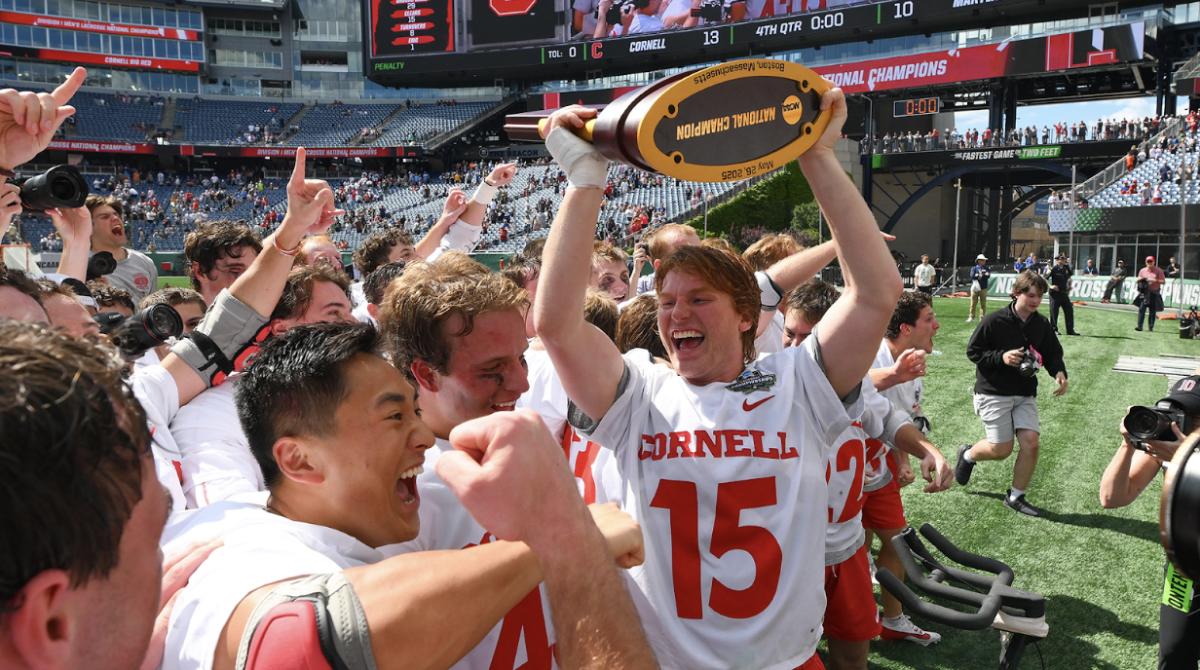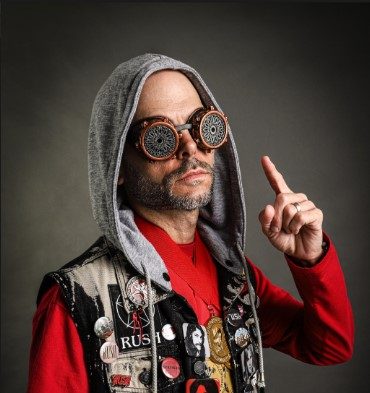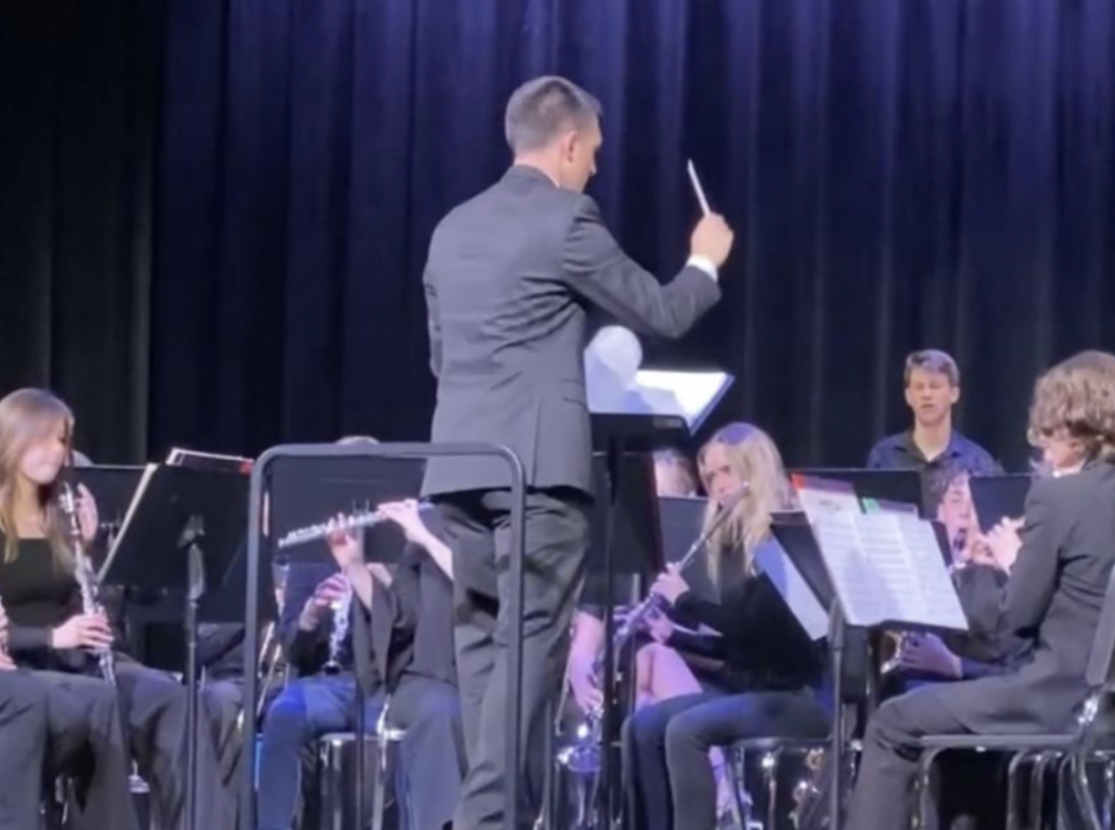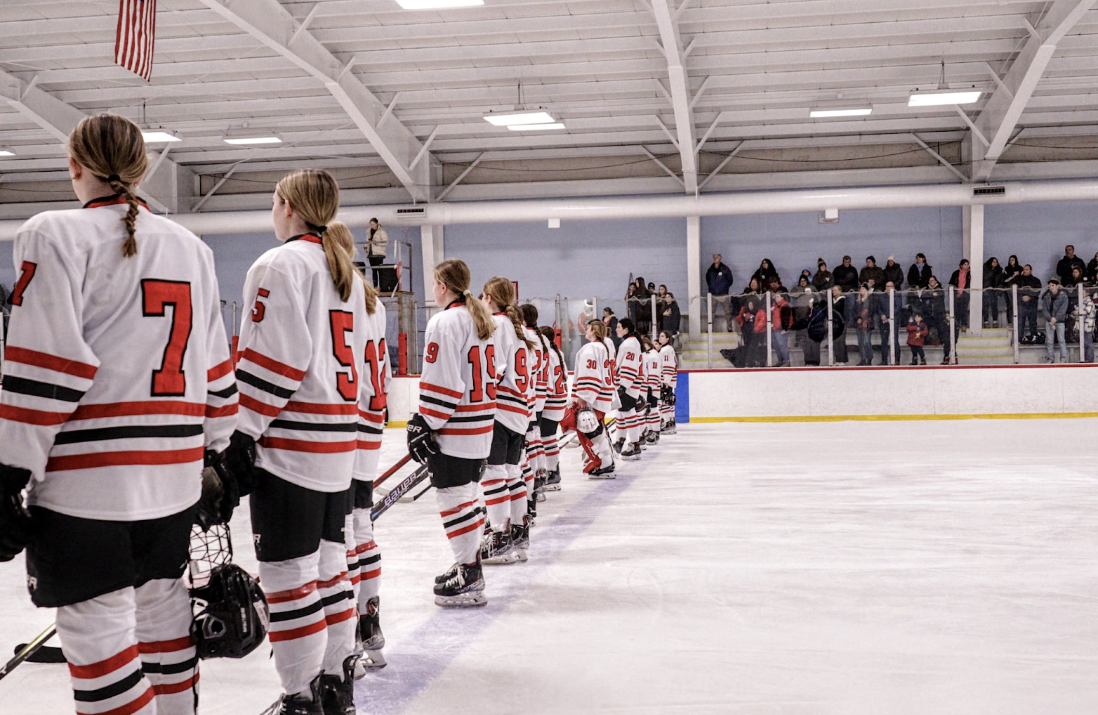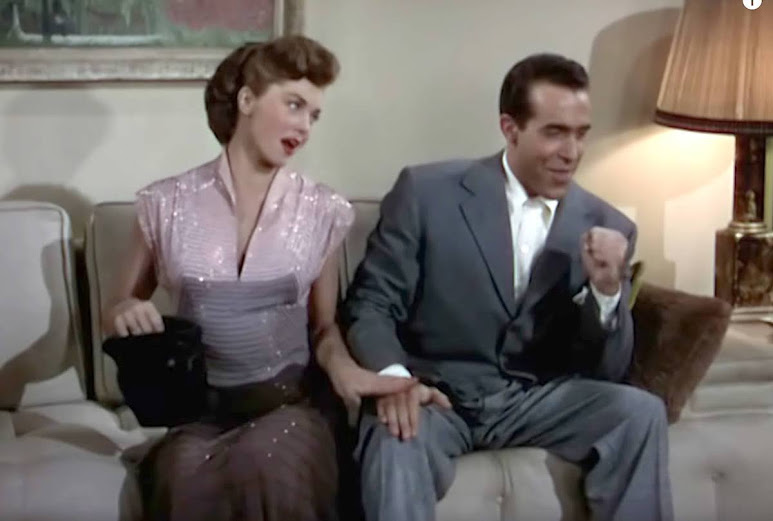Christmas Controversy: Is “Baby It’s Cold Outside” About Sexual Assault?
The popular Christmas tune “Baby It’s Cold Outside” first appeared in this scene from the 1949 film, Neptune’s Daughter.
December 20, 2020
It’s Christmastime again, which means silver bells will be ringing, chestnuts will start roasting on open fires, and Santa Claus will be coming to town–– but it also means it’s time again for the yearly controversy that arises over one Christmas song in particular.
“Baby It’s Cold Outside” was written in 1944 by Frank Loesser, and is a chart-topping Christmas classic that remains popular to this day. However, in the era of the #MeToo movement and increased societal awareness about rape and sexual consent, many have started to question the song’s suggestive lyrics.
Looking at the song from a critical standpoint, some lyrics sung by the woman, such as “I really can’t stay” and “I simply must go… the answer is no” clearly point to a lack of consent. Despite repeatedly professing her will to leave and get home, the woman continues to be pressured by the man to stay the night. He does not seem to respect her will to leave with lyrics like “What’s the sense of hurting my pride?”, “I’ll take your hat,” and “I’ll put some records on while I pour” over and over again, implies that he knows all along she will stay and has a sense of the power he possesses in the relationship. In the context of a rape setting, the man doesn’t give in to his female counterpart’s resistance and slyly coaxes her into staying the night, despite her numerous expressions of a will to leave. What more, the lyric “say, what’s in this drink?” suggests to many modern listeners that the woman is being drugged.
By the end of the song, the woman concedes “Ok, fine, just another drink then,” showing the man’s success at preventing her from leaving. This seems like it is her decision, but listeners might question, does she really have a choice? Back then, women had to be polite, even flirtatious, with men to avoid aggravating them and possibly even provoking a violent response from a man who has been turned down. If the girl in the song had continued to refuse by the end of the song, how would this fictional scenario have ended differently?
Junior Helena Orth thinks “Baby It’s Cold Outside” is a “misogynistic” song that is “no longer appropriate for radio airplay.” Although what was deemed as socially acceptable may have been different back then, “people have grown more aware since then, and now realize that this song should have never been as popular as it was, and continues to be.”
Some interpret this song differently, though, seeing it as a romantic snowy evening that fits the historical context and social expectations of the time period. This argument might go something like this: he’s not actually forcing her to stay, he’s simply expressing his affection for her and respecting her power to either accept his request or turn it down. He is waiting to make a move on her until she actually says ok, which is why he keeps asking so many times. And, the woman never even explicitly states that she wants to leave; she has to due to societal expectations. All her excuses sound something like “the neighbors might think,” “my mother will start to worry,” and “I ought to say no.” She doesn’t want to say no, but she ought to, because in the time the song was written, premarital sex cost a woman her reputation. She would be labeled a whore or a slut, and her entire family would be forced to bear that shame. Even if a woman wanted to have sex back then, she would be expected to say no at first and to “play hard to get.” Subtle flirtatious language, like that used in the song, was in fact seen as a form of consent.
As for the “what’s in this drink” line, this was actually a common expression used in the 1930s and 40s as a precursor to signify an action that a person shouldn’t be doing under normal circumstances. People who said “say, what’s in this drink?” were joking that alcohol was the excuse, when in reality the punchline was that there was almost nothing in the drink. The woman in the song is not drunk, she is sober. And by engaging in sex that she desired but knew was not socially acceptable, she takes control of her sexuality in one of the few ways that she can in the context of the song’s history.
“It’s all about social code,” says junior Emily Conroy, giving her opinion on the song. “They’re engaging in playful banter and acknowledging that society wouldn’t want them to spend the night together, but since they both want to stay, they remain together by the end.” Even the fact that both voices are in harmony at the end, as suggested by Vox, shows that they have been in accordance the whole time.
Whatever your opinion on this controversy, we cannot change the fact that lots of modern-day listeners are offended by “Baby It’s Cold Outside,” and deem it inappropriate, especially as political-correctness becomes more and more vital. What will younger listeners learn about the nature of sexual relationships from this song? Whether or not it really does reflect a date-rape situation, there’s no denying the fact that it expresses old-fashioned ideas about relationships that are no longer okay. To solve this but keep the timeless tune, various new versions of the song have been released in recent years. Many offer a more updated version of the lyrics, such as this version by John Legend and Kelly Clarkson, and this version by Lydia Liza and John Lemanski. Swapped-out lyrics have the man singing things like, “been hoping that you’d get home safe,” “it’s your body and your choice,” and “baby I’m cool with that.” These alternatives might sound silly to some ears, but they emphasize the importance of sexual consent in relationships. As society evolves, dating rituals change. So, this Christmas, think about the history behind the music you are listening to.











